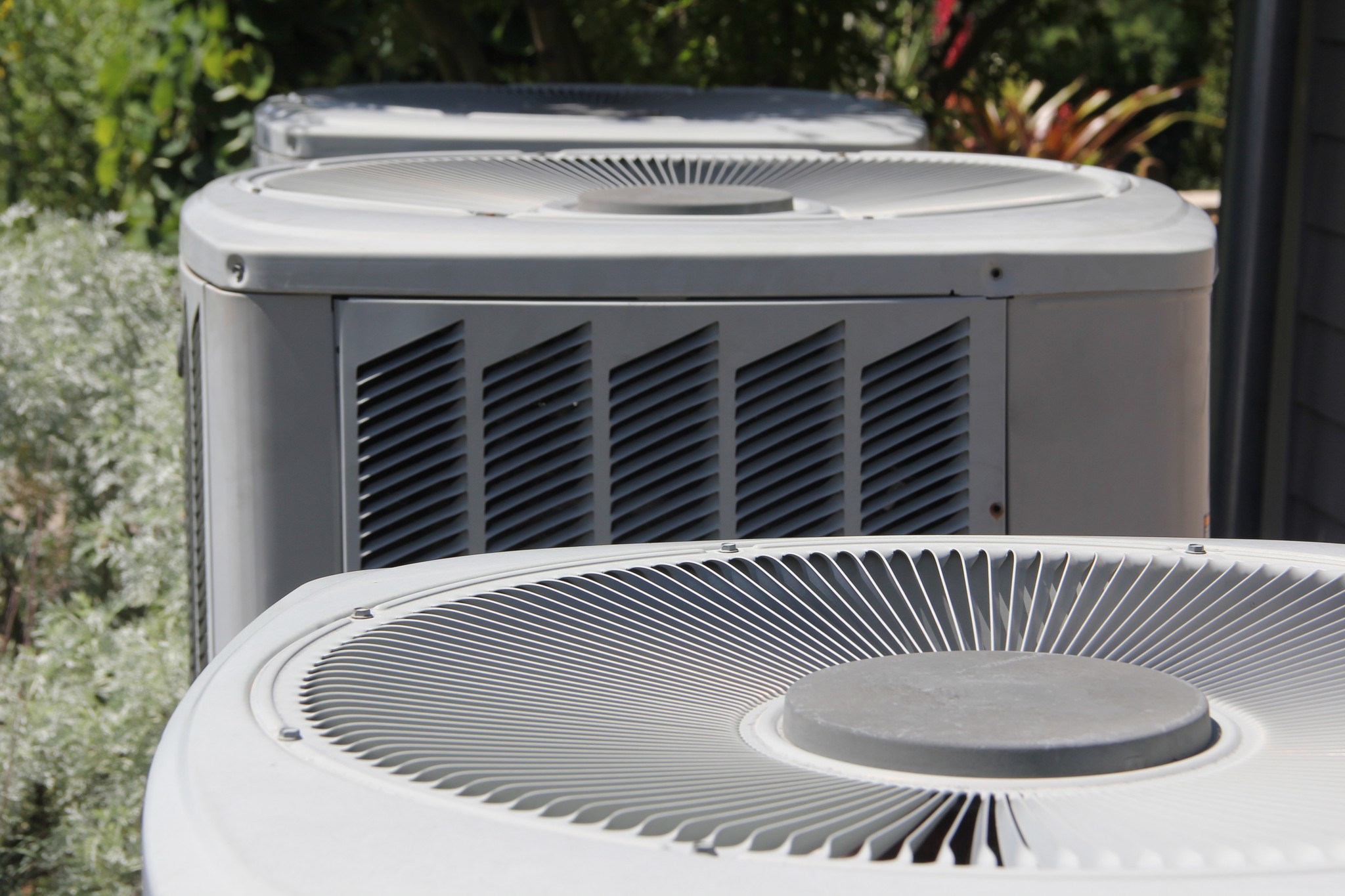If you own a gas fireplace in Toronto or the surrounding region, there are some things you should know about leaving it running for too long. This article has been written to provide a thorough breakdown of everything that can go wrong from making extended use of your gas fireplace in Toronto and elsewhere.
Types of Gas Fireplaces
In order to understand how long you can run a gas fireplace, it is essential to understand the different types of gas fireplace options in Toronto.There are three main varieties of gas fireplace on the market.
1. Direct vent. These have an exhaust vent that passes through an exterior wall, foregoing the need for a chimney or existing fireplace spot.
2. Vent-free. These work like ovens and do not have an external exhaust. Never run these for more than three hours and even then, only in a room that is well ventilated.
3. Inserts. You can place these within a wood-burning fireplace and they have vent pipes that link to the previous fireplace's chimney.
How Long Can You Leave a Gas Fireplace On?
The answer to this question is entirely dependent upon the construction of your fireplace.
• If your fireplace is fully vented and has a sealed glass front, you can keep it going for as long as you keep the front sealed.
• If your fireplace is vent-free and has front-opening doors, only leave it running for three hours at the most.
Now it is important to reiterate that you should never leave a unit running overnight but you should leave the flue open so that any carbon monoxide fumes have a safe escape route.
What Are The Consequences of Leaving a Gas Fireplace on For Too Long?
While vented fireplaces incur no problems from prolonged operation, beyond the increased price you will be paying to your natural gas provider, vent-free fireplaces are a different issue entirely. In the case of a vent-free fireplace, the main concern is that excess gas will seep out over time. Lingering gas fumes can be a problem if you have the fireplace in a room with poor or inactive ventilation.
A gas fireplace in Toronto provides a multitude of benefits for both you and your home. If you are considering a gas fireplace for your home, A-Plus Quality HVAC services in Toronto and the Greater Toronto Area can assist you. Contact us today to speak with a representative about adding a gas fireplace in your home.
.png)


